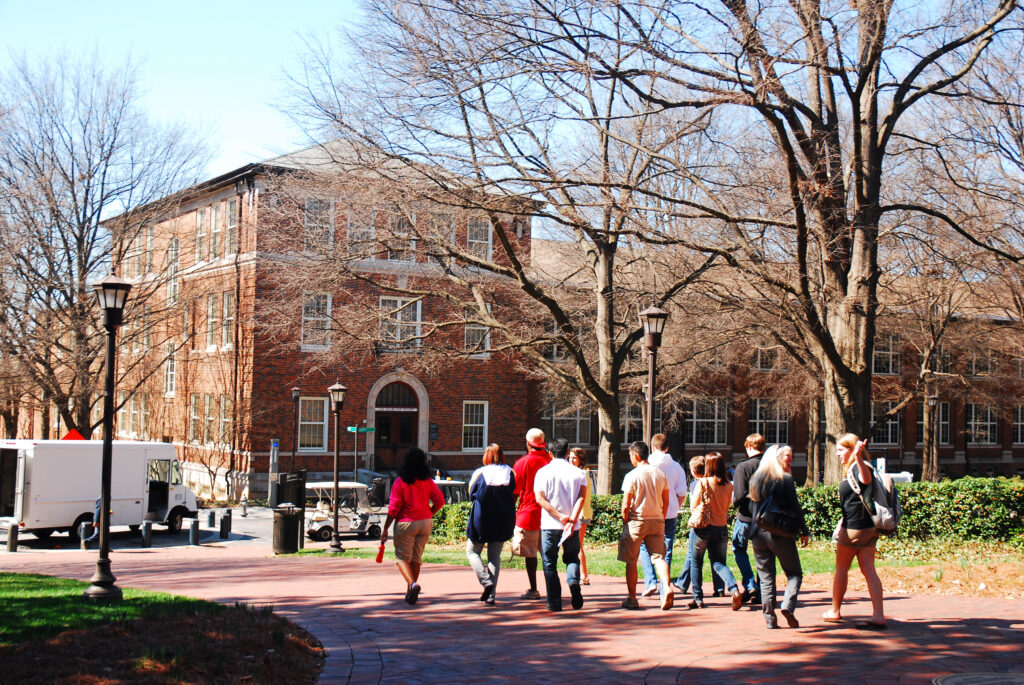Other Themes
Other Themes Central to the MCSC's Work
A team at MIT is exploring the similarities and differences between how U.S-based Higher Education Institutions (HEIs) and corporations plan to achieve their climate targets and whether it is appropriate for HEIs to adopt science-based targets (SBTs). Through their research, Leela Velautham, Postdoctoral Researcher; Jeremy Gregory, Executive Director of the MIT Climate & Sustainability Consortium; and Julie Newman, Director of Sustainability bring together diverse perspectives on SBTs, corporate sustainability target setting, and sustainability in higher education—offering an overview of potential benefits and disadvantages of HEIs adopting SBTs. Their findings were published in The International Journal of Sustainability in Higher Education in a paper entitled “Science- Based Targets for Higher Education? Evaluating Alignment between Ivy+ Climate Action Plans and the Science Based Targets Initiative’s Net-Zero Standards.” Read more.

Katie Daehn, Research Scientist, and Professor Elsa Olivetti have been working on an interactive Sankey diagram tool to explore the major material and energy flows in the current global economy, which we can use to explore scale and visualize connections between sectors. This framework also provides a physical basis for evaluating how low-carbon resources (biomass, renewable electricity, end-of-life scrap, and carbon capture and storage) may be scaled up to 2050. Cross-sector competition or synergy may lead to unexpected dynamics in this transition, and the team presents a model of the feedback between the metals and energy industry in the transition to renewable electricity. They envision a future where these sectors work together to build out abundant renewable energy while continually reducing environmental impacts. The interactive Sankey diagram will be available more broadly in 2024.

The MCSC has established a working group with member companies on scope 3 greenhouse gas emission to discuss common challenges, share best practices, and propose solutions that MIT and MCSC member companies can develop and implement. Particular attention will be paid to solutions involving AI and other computational approaches. The topics discussed revolve around the themes of measurement, mitigation, and managing supplier engagement.

A commentary analyzing the MCSC as a replicable example of a new mode of engagement for interdisciplinary collaboration around climate and sustainability is in development. The title is “Siloes, Pains, and Gains: A Pressing Organizational Need to Address Climate and Sustainability Challenges.” The manuscript is in preparation.
Contact Us
If you would like more information, please e-mail mcsc@mit.edu.
